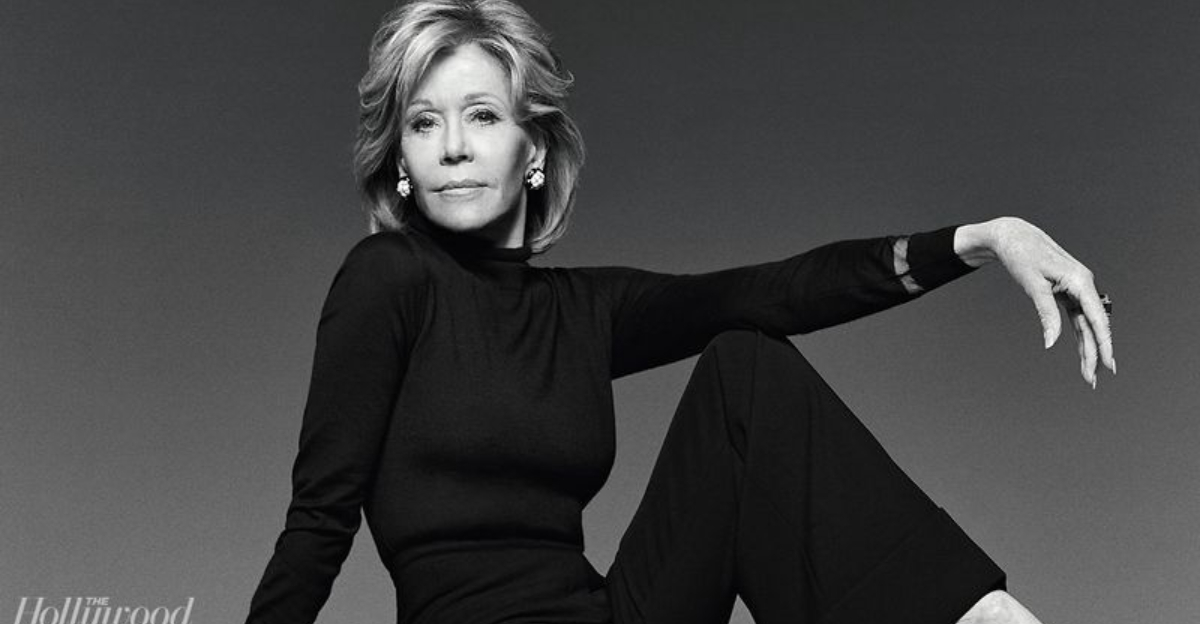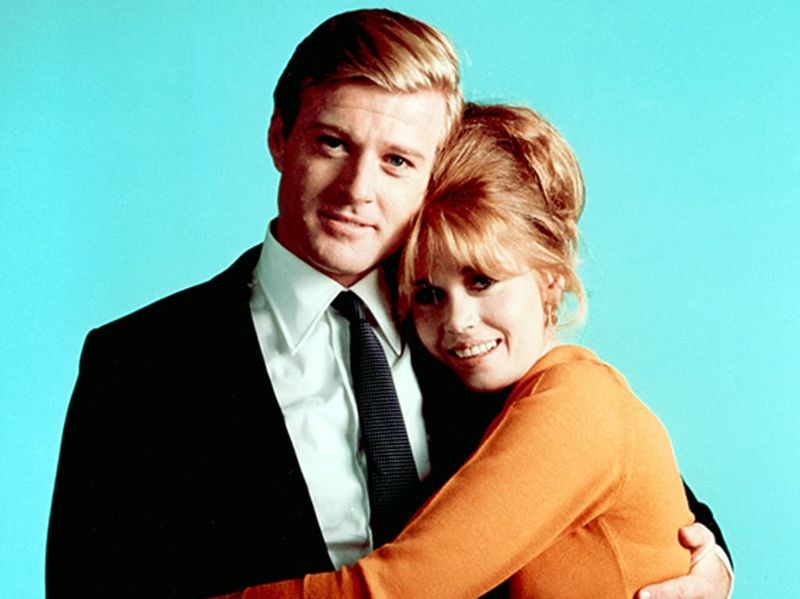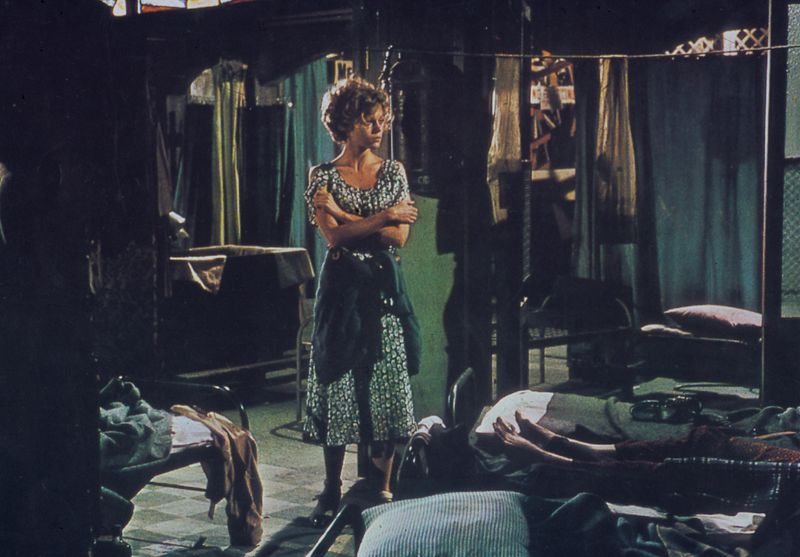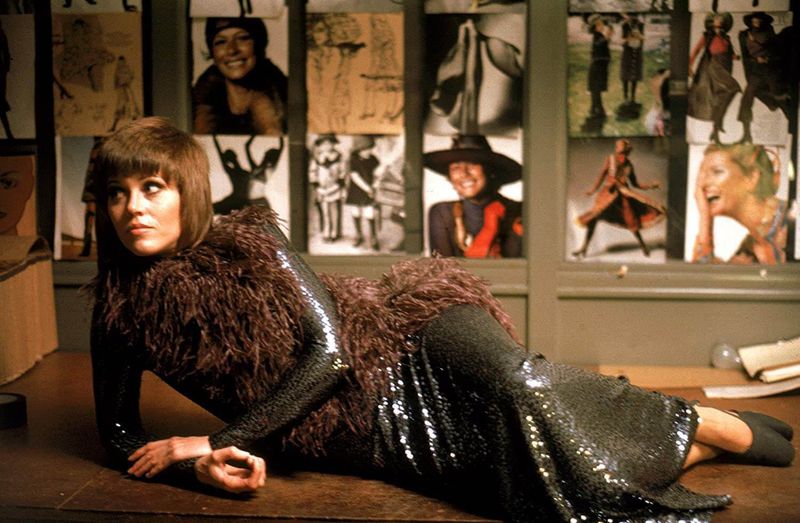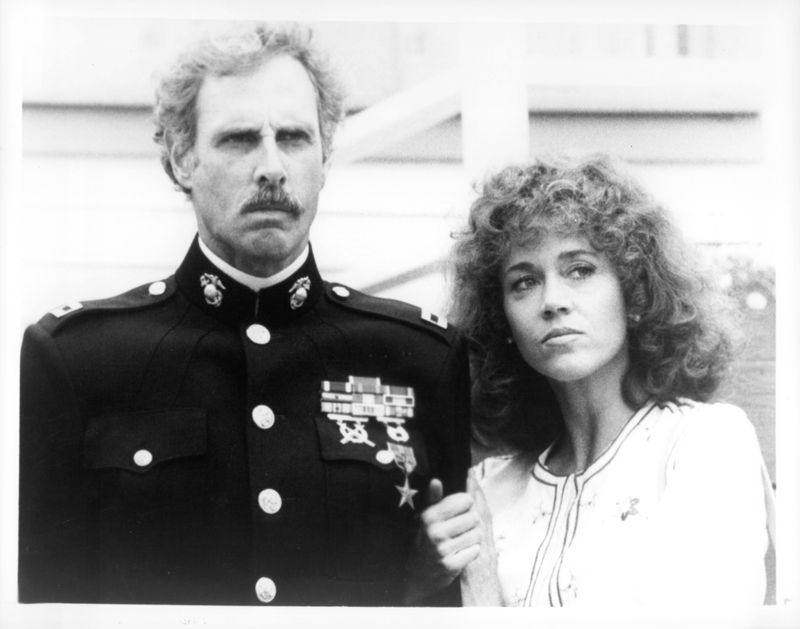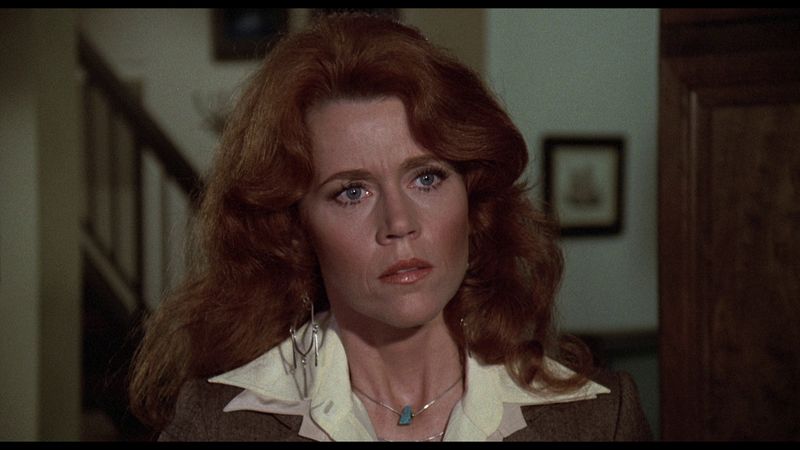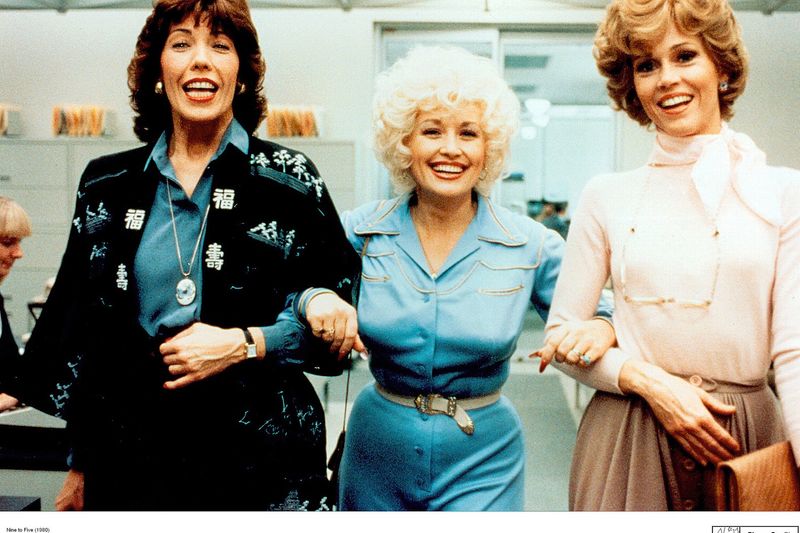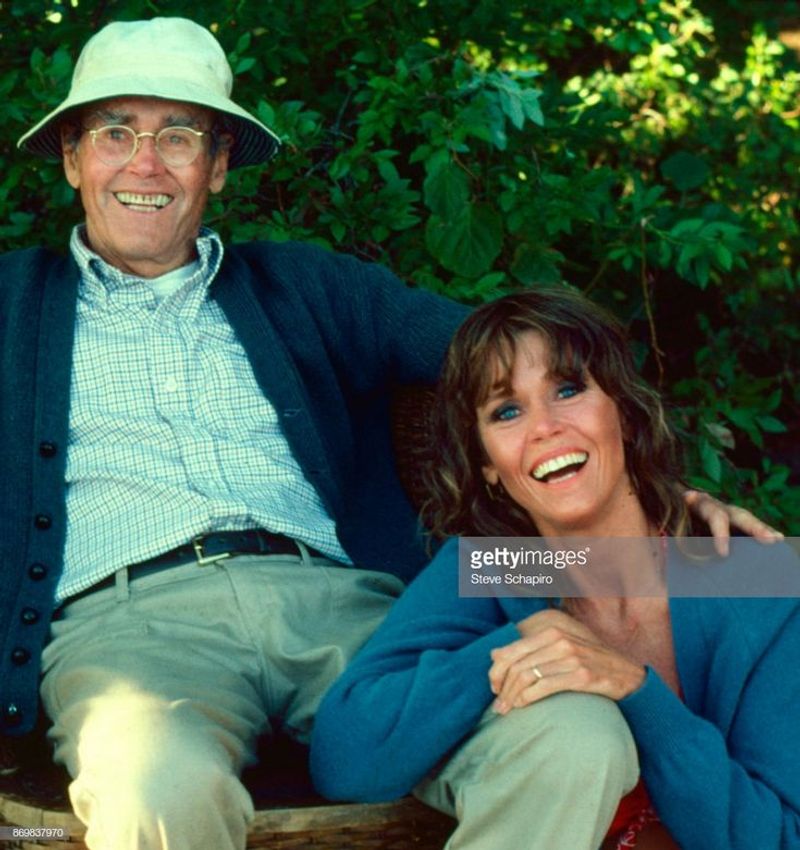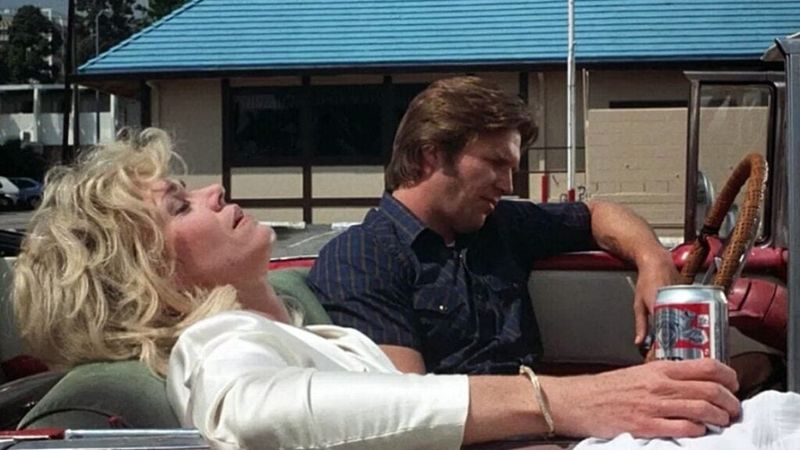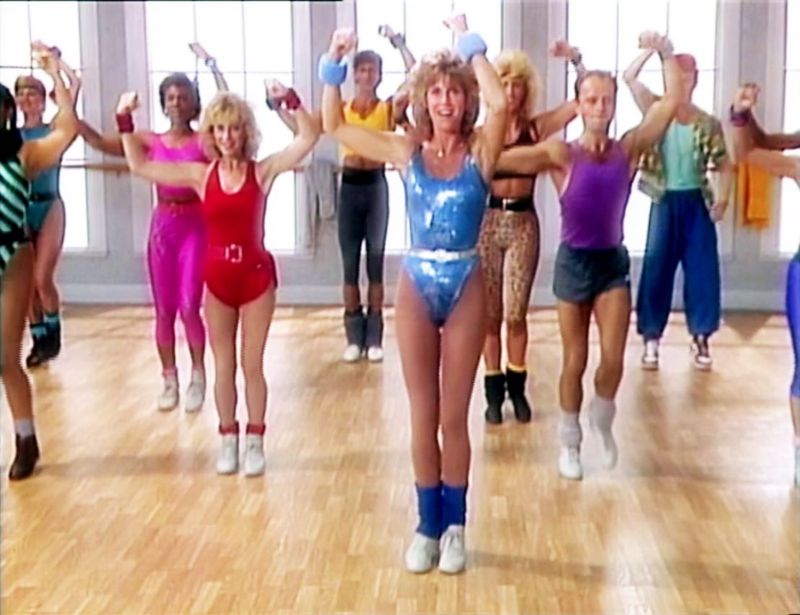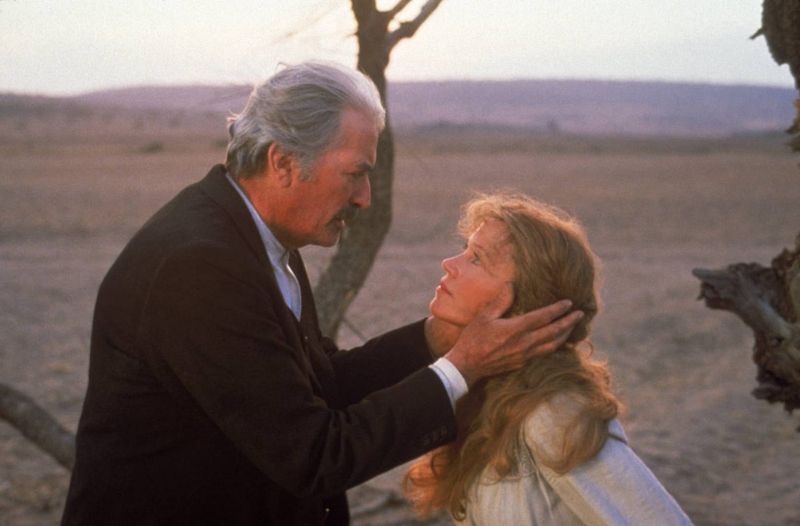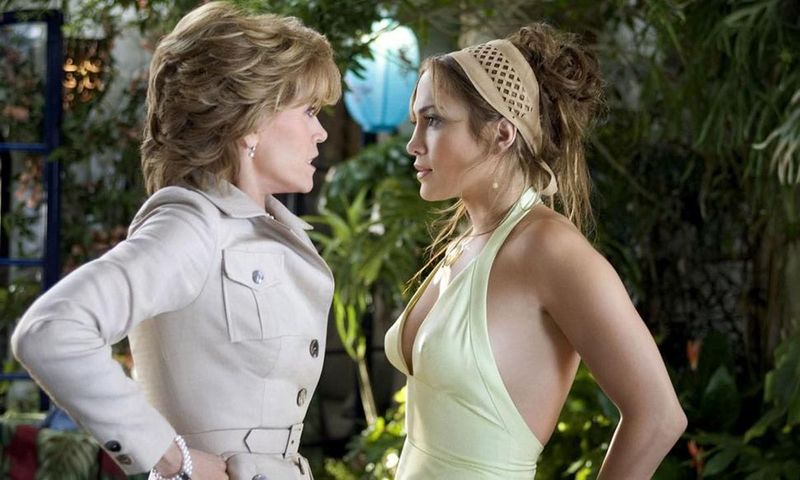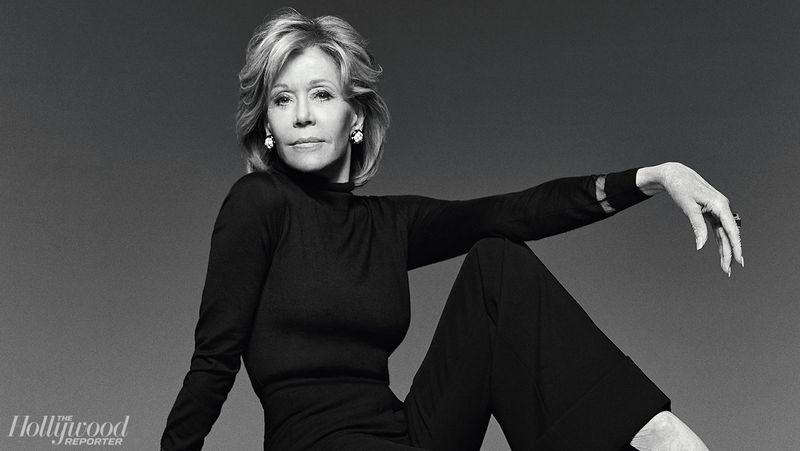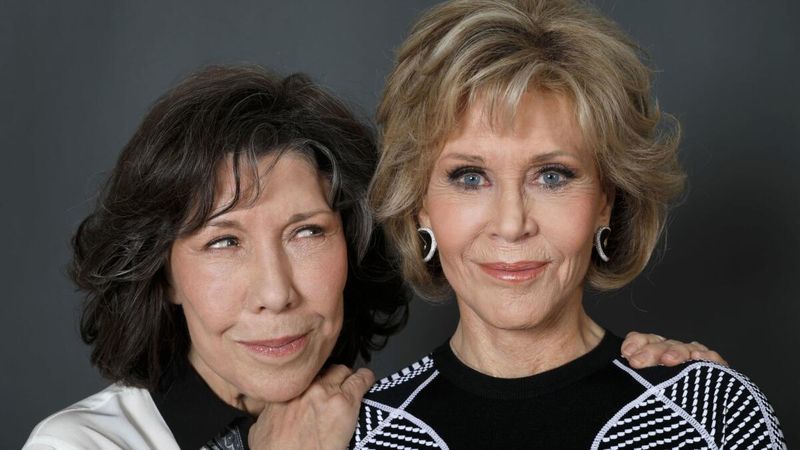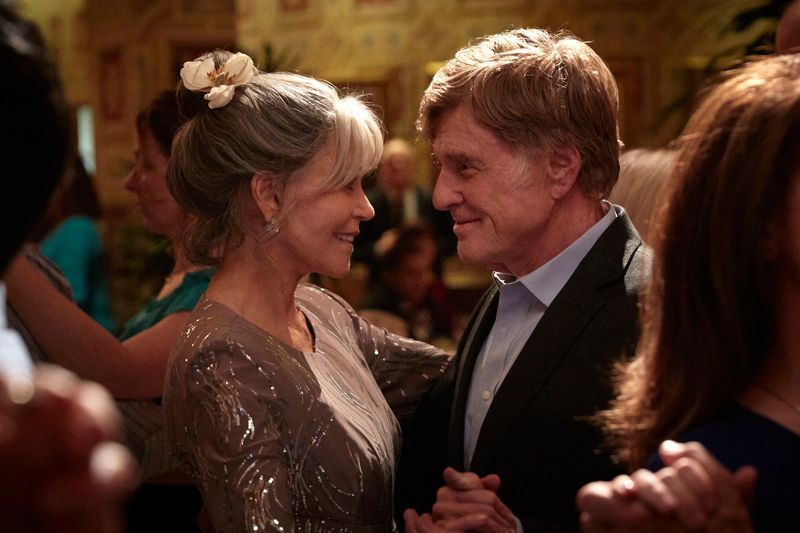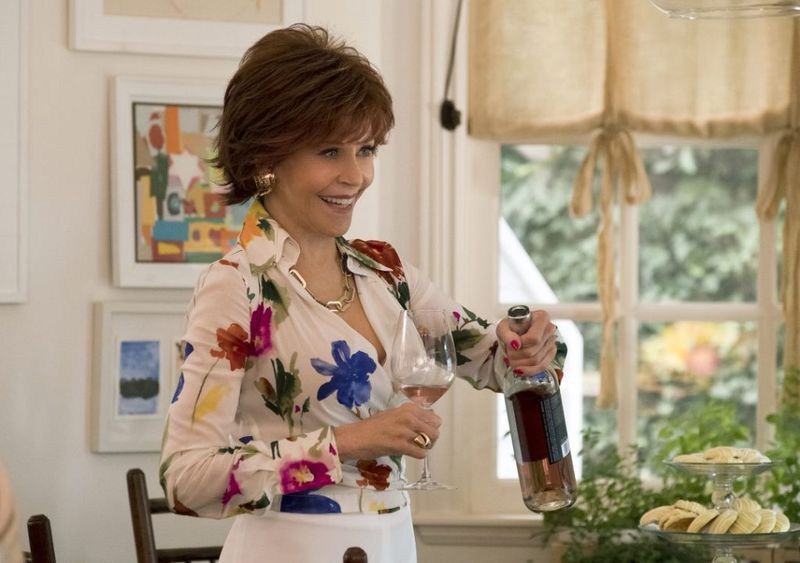Jane Fonda isn’t just an actress – she’s a revolutionary force who transformed Hollywood and activism alike.
For six decades, she’s delivered performances that challenged our perceptions, pushed boundaries, and redefined what women could do on screen.
From her early breakout roles to her recent renaissance, Fonda’s career represents a masterclass in reinvention and artistic courage that continues to influence generations of performers.
1. Barefoot in the Park (1967) Revealed Her Comedy Genius
Fresh off her European film experiences, Fonda sparkled as newlywed Corie Bratter in this Neil Simon adaptation. Her effervescent energy and perfect timing opposite Robert Redford showcased a natural talent for comedy that surprised audiences who knew her primarily from serious roles.
The film established her as a versatile performer capable of both dramatic depth and light-hearted charm. Her portrayal of a free-spirited young wife brought a refreshing female perspective to romantic comedy that felt revolutionary for its time.
2. They Shoot Horses, Don’t They? (1969) Showcased Her Raw Emotional Power
Fonda’s portrayal of Gloria, a desperate woman competing in a Depression-era dance marathon, marked her transition to serious dramatic roles. The physical and emotional exhaustion she conveyed felt viscerally real, earning her first Oscar nomination and proving she was more than just a famous man’s daughter.
Her unflinching performance captured the desperation of economic hardship with haunting authenticity. The film’s bleak examination of exploitation and human endurance allowed Fonda to demonstrate her extraordinary range and commitment to difficult material.
3. Klute (1971) Transformed Her Into a Feminist Icon
Her Oscar-winning performance as call girl Bree Daniels revolutionized how complex women were portrayed on screen. Fonda’s Bree was neither victim nor vamp – she was a fully realized character with agency, intelligence, and vulnerability that defied Hollywood stereotypes about sex workers.
The famous haircut she adopted for the role became a cultural phenomenon itself. Director Alan J. Pakula gave Fonda tremendous freedom to develop the character, resulting in a performance that felt radically authentic and psychologically nuanced in ways rarely seen in American cinema.
4. Coming Home (1978) Confronted Vietnam War Realities
Fonda’s Sally Hyde, a military wife who falls for a paralyzed Vietnam veteran while her husband is deployed, directly confronted America’s most divisive conflict. Her nuanced portrayal earned her a second Oscar and helped the nation process collective trauma through art.
What made the performance extraordinary was how she balanced political conviction with emotional truth. The famous love scene between Fonda and Jon Voight broke ground in depicting disabled sexuality with dignity and passion, challenging multiple taboos simultaneously.
5. The China Syndrome (1979) Blurred Fiction and Reality
As TV reporter Kimberly Wells investigating nuclear safety violations, Fonda delivered a performance that became eerily prophetic. Just twelve days after the film’s release, the Three Mile Island nuclear accident occurred, mirroring the film’s plot in a chilling case of life imitating art.
Fonda’s portrayal of a journalist fighting to be taken seriously resonated with women battling workplace sexism. Her character’s transformation from ambitious reporter to principled whistleblower captured the era’s growing environmental consciousness and distrust of corporate power.
6. 9 to 5 (1980) Turned Workplace Sexism Into Revolutionary Comedy
Alongside Lily Tomlin and Dolly Parton, Fonda’s portrayal of office worker Judy Bernly created an anthem for working women everywhere. The film tackled sexual harassment, wage inequality, and childcare challenges decades before these became mainstream conversations.
Fonda’s company, IPC Films, produced this groundbreaking comedy that allowed her to showcase both comedic talent and feminist principles. Her character’s evolution from timid divorcee to confident professional mirrored the journey many women were making in the workplace during the early 1980s.
7. On Golden Pond (1981) Healed Real-Life Family Wounds On Screen
Working alongside her father Henry Fonda became a profound act of personal and artistic reconciliation. Their strained real-life relationship mirrored the father-daughter tension in the film, blurring the boundaries between performance and reality in deeply moving ways.
Jane’s decision to produce the film specifically for her father resulted in his only Oscar win. The emotional authenticity of their scenes together provided a rare glimpse into genuine family healing through art, making audiences reconsider their own complicated family relationships.
8. The Morning After (1986) Explored Addiction With Unflinching Honesty
Fonda’s portrayal of Alex Sternbergen, an alcoholic actress who wakes up next to a dead man, brought a raw vulnerability rarely seen in Hollywood stars of her stature. Her physical transformation and willingness to appear genuinely disheveled challenged glamorous female star conventions.
The performance earned her another Oscar nomination and coincided with her own sobriety journey. Fonda later revealed that the role helped her confront personal demons, demonstrating how her artistic choices often intertwined with her authentic life experiences in ways that resonated deeply with audiences.
9. The Workout Videos (1982-1995) Created a Cultural Phenomenon
While not traditional acting, Fonda’s fitness persona represented a carefully crafted performance that revolutionized how women approached their bodies. Her energetic, encouraging presence in these videos empowered millions to embrace physical strength during an era when female muscle was still controversial.
The original Jane Fonda’s Workout became the highest-selling VHS of all time. Her decision to feature diverse body types and older women in later videos further challenged beauty standards, proving her commitment to expanding representation extended beyond traditional acting roles.
10. Old Gringo (1989) Defied Age-Related Stereotypes
As spinster schoolteacher Harriet Winslow finding unexpected passion in revolutionary Mexico, Fonda boldly portrayed female desire in middle age. Her love scenes with Gregory Peck challenged Hollywood’s double standard about older women’s sexuality while exploring complex themes of cultural identity and political awakening.
The film’s commercial disappointment didn’t diminish the significance of Fonda’s fearless performance. Her character’s transformation from naive American to politically conscious woman reflected Fonda’s own evolution from Hollywood starlet to committed activist, creating fascinating layers of meaning.
11. Monster-in-Law (2005) Marked Her Triumphant Return
After a 15-year hiatus from film, Fonda’s comeback as the territorial Viola Fields demonstrated her willingness to satirize her own intimidating public image. Her physical comedy scenes with Jennifer Lopez revealed an actress completely unafraid to appear ridiculous for laughs, subverting expectations about aging Hollywood legends.
The film’s massive commercial success proved Fonda’s enduring star power. Her decision to play an antagonist rather than a dignified elder stateswoman showed her continuing artistic courage and refusal to be confined by age-appropriate expectations.
12. Youth (2015) Embraced Age With Radical Honesty
Fonda’s brief but explosive turn as aging Hollywood star Brenda Morel delivered a master class in scene-stealing. Her character’s brutal honesty about the industry’s treatment of older women felt like a personal manifesto from an actress who had survived six decades in the business.
The performance’s power came from its meta-commentary on Fonda’s own career and choices. Her willingness to appear with minimal makeup in certain scenes while discussing plastic surgery openly created a fascinating tension between vanity and authenticity that few performers would dare explore.
13. Grace and Frankie (2015-2022) Reinvented the Senior Sitcom
As uptight Grace Hanson, Fonda created one of television’s most complex older female characters. Her portrayal of a woman navigating divorce, sexuality, entrepreneurship, and friendship in her 70s and 80s demolished stereotypes about aging women on screen.
The show’s unprecedented seven-season run proved audiences hungered for stories about vibrant older women. Fonda’s willingness to show physical vulnerability while maintaining her character’s sexual agency represented a revolutionary approach to portraying female aging that has already influenced how other shows depict senior characters.
14. Our Souls at Night (2017) Celebrated Late-Life Love
Reuniting with Robert Redford 50 years after Barefoot in the Park, Fonda’s portrayal of widow Addie Moore seeking companionship created a poignant bookend to their earlier work. Their chemistry remained magical, but now carried the weight of decades lived and lost.
The Netflix film’s quiet exploration of late-life intimacy felt revolutionary in its simplicity. Fonda’s performance captured the courage required to seek connection after loss, with her character’s vulnerability and strength creating a nuanced portrait of senior romance rarely seen in American media.
15. Book Club (2018) Celebrated Female Friendship and Sexuality
As Vivian, a hotel magnate with commitment issues, Fonda brought both comedy and depth to a character exploring romance in her 80s. The film’s commercial success proved audiences would embrace older women discussing desire, dating, and sexuality when presented with humor and authenticity.
Fonda’s performance stood out for its subtle commentary on how powerful women navigate intimacy. Her character’s journey from fear of vulnerability to emotional openness resonated across generations, while her glamorous appearance challenged notions that senior women should dress conservatively or fade into the background.
